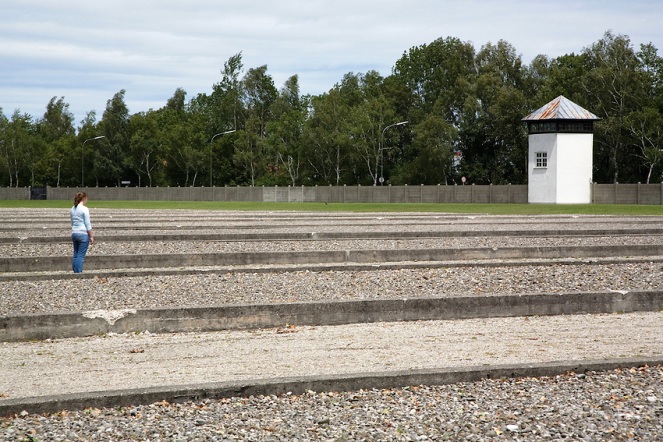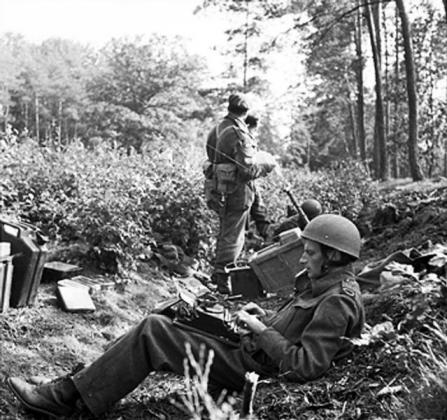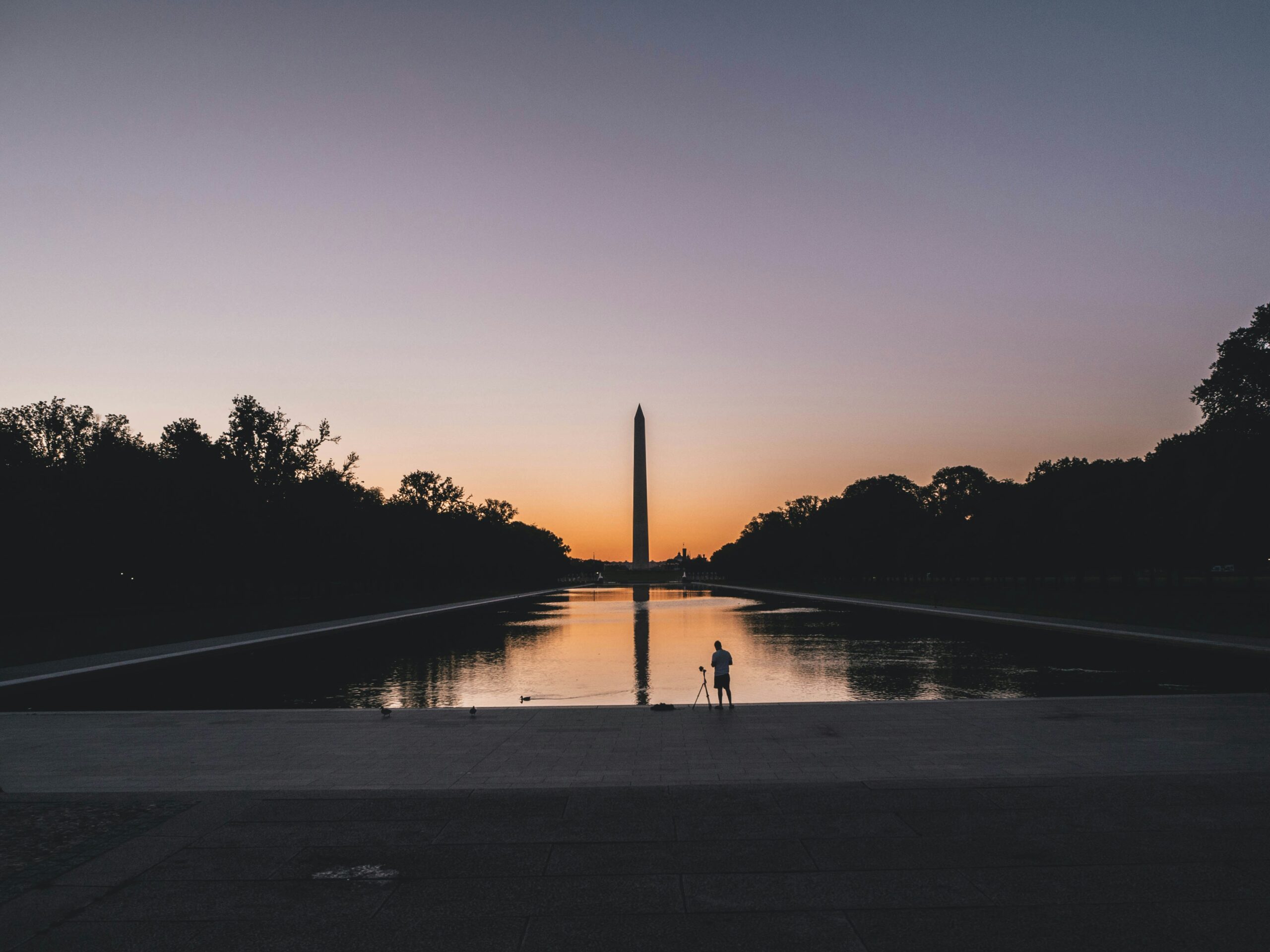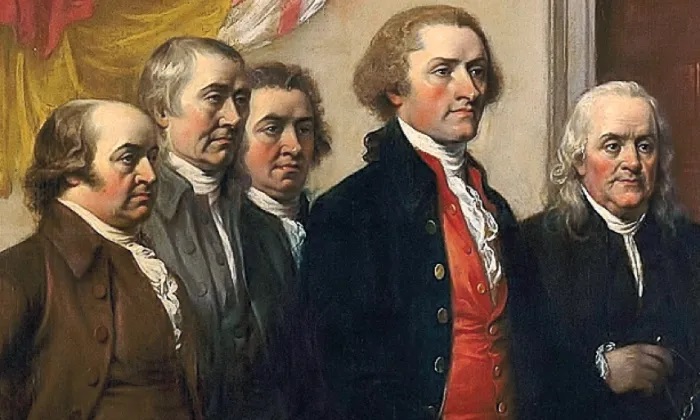Reading about the 70th anniversary of the liberation of Auschwitz, the Nazi concentration camp from World War II, reminded me of my own experience in visiting Dachau, the first of those camps.

I was part of a small group of high school students visiting countries throughout Europe. On a day free from scheduled sightseeing in Munich, Germany, I took a train to the small town northwest where the camp was still maintained. The day was rainy and cold as I walked around the grounds and noticed a long series of raised curbs filled with gravel. These were the original foundations for the many barracks that held thousands of Jewish prisoners. 32,000 deaths are documented. However, many thousands more are unknown.
According to an informational website, “The crematoria served to dispose corpses from the concentration camp; mostly the ovens were in operation day and night. At the end of 1944 their capacity was no longer enough to cremate the scores of dead from the camp. Upon liberating the camp at the end of April 1945, American soldiers came across countless corpses piled up in the crematorium. The photographs of these scenes went around the world and showed the scale and mercilessness of Nazi persecution and extermination.”
However, reading about the camps does not take the place of walking the grounds and looking inside the ovens. It was the most sobering experience in my life.
Many of those who have survived have maintained a life-long crusade against bigotry and racism. In compiling responses for my book, “What Do You Stand For?” I had the opportunity to meet a local resident and Holocaust survivor in my own community.
“Judith Meisel is a Holocaust survivor of the Kovno Ghetto in Lithuania and the Stutthof Concentration Camp in Poland. After witnessing the race riots of 1963, Judy has pursued and persevered in a campaign to speak out against racism and the need for greater tolerance in her community and around the country. Her response to my questionnaire comes from a conversation and the powerful documentary – Tak for Alt: Survival of a Human Spirit by Laura Bialis, Broderick Fox and Sarah Levy.
1. I stand for Freedom and the pursuit of happiness
2. I believe that we must respect the differences in other people.
3. We must learn about each other.
4. We must stamp out hate (hate stops you from living).
5. I find that apathy is the most difficult condition to deal with.
6. The statement, “What can I do? – I’m only one person” upsets me very much. One person can do a lot!
“I was having dinner, listening to the news. After an African-American family by the name of Baker moved into an all white neighborhood called Folcroft, a mob of people turned out taunting them, screaming, yelling at them, throwing all kinds of debris. And I was devastated because here I was in Philadelphia, in the city of brotherly love and it was like Kristallnacht (night of broken glass) in 1938, November 9th when the world sat and looked at what was happening in Germany and nobody did anything about it!
“So, I baked some cookies and I went to the Bakers. I was called, ‘white trash,’ you name it. But I felt that if their homes were not safe, my home was not safe. If their rights are trampled on, my Jewish rights are trampled on at the same time.
“I was a Holocaust survivor, but I could not talk about it. I did not want to traumatize my children. But that incident with the Bakers, it made an incredible mark on me. I knew that I had to tell my story.
“Racism, bigotry…it’s still happening all over the world, and we have to constantly work at it to see that this does not happen here or anywhere. We cannot afford to say, ‘What can I do? – I’m only one person?’ One person can do a lot!”
Judy continues to teach in schools around the country, and remains an inspiration.
Comments









